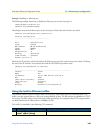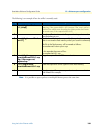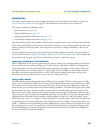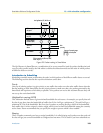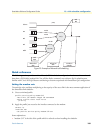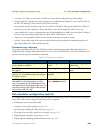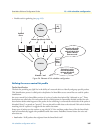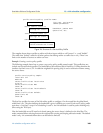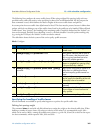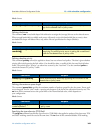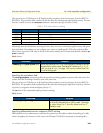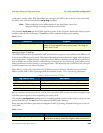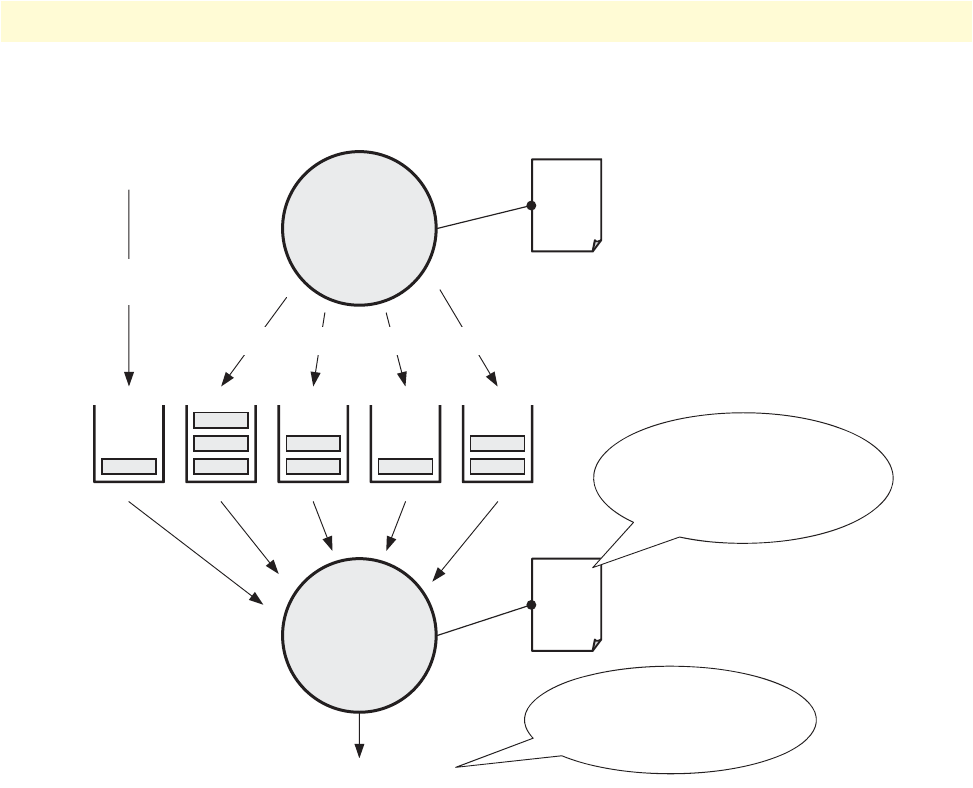
Link scheduler configuration task list 157
SmartWare Software Configuration Guide 13 • Link scheduler configuration
• Enable statistics gathering (see page 168)
Figure 24. Elements of link scheduler configuration
Defining the access control list profile
Packet classification
The basis for providing any QoS lies in the ability of a network device to identify and group specific packets.
This identification process is called packet classification. In SmartWare access control lists are used for packet
classification.
An access control list in SmartWare consists of a series of packet descriptions like “addressed to xyz”. Those
descriptions are called rules. For each packet the list of descriptions is sequentially checked and the first rule
that matches decides what happens to the packet. As far as filtering is concerned the rule decides if the packet is
discarded (“deny”) or passed on (“permit”). You can also add a traffic-class to the rule and if this rule is the first
matching rule for a packet it is tagged with the traffic-class name.
Some types of packets you do not have to tag with ACL. Voice and data packets from of for the SmartNode
itself are automatically tagged with predefined traffic-class names: Predefined internal classes for voice and
other data are:
• local-voice—VoIP packets that originate from the SmartNode itself.
Packet
Classification
ACL
Profile
Link Arbiter
Different Types (Classes) of Traffic
Predefined
Classes
IP Interface “wan”
Service
Policy
Profile
The service-policy profile
defines the arbitration
mode and order in which
packets of different
classes are served.
This interface is used as
access link and normally
represents the bottleneck
of the system.



